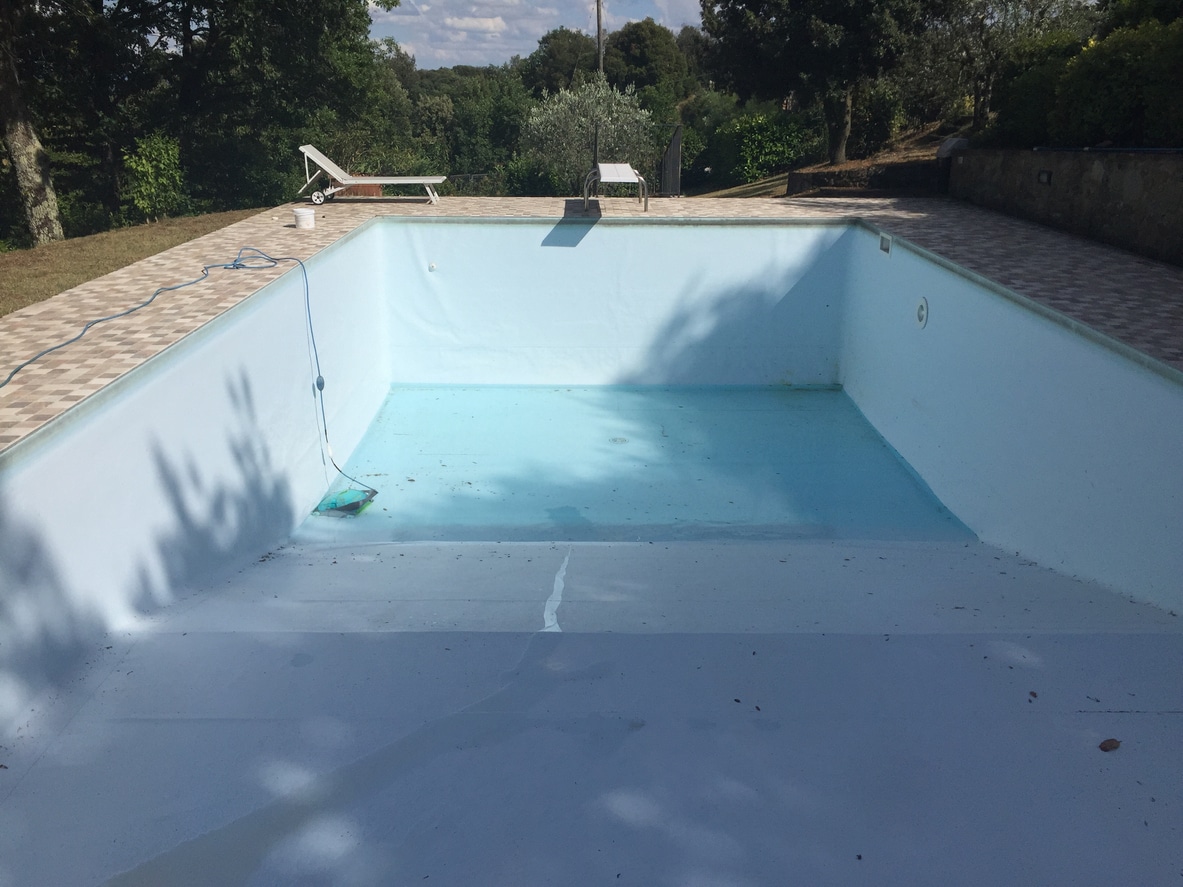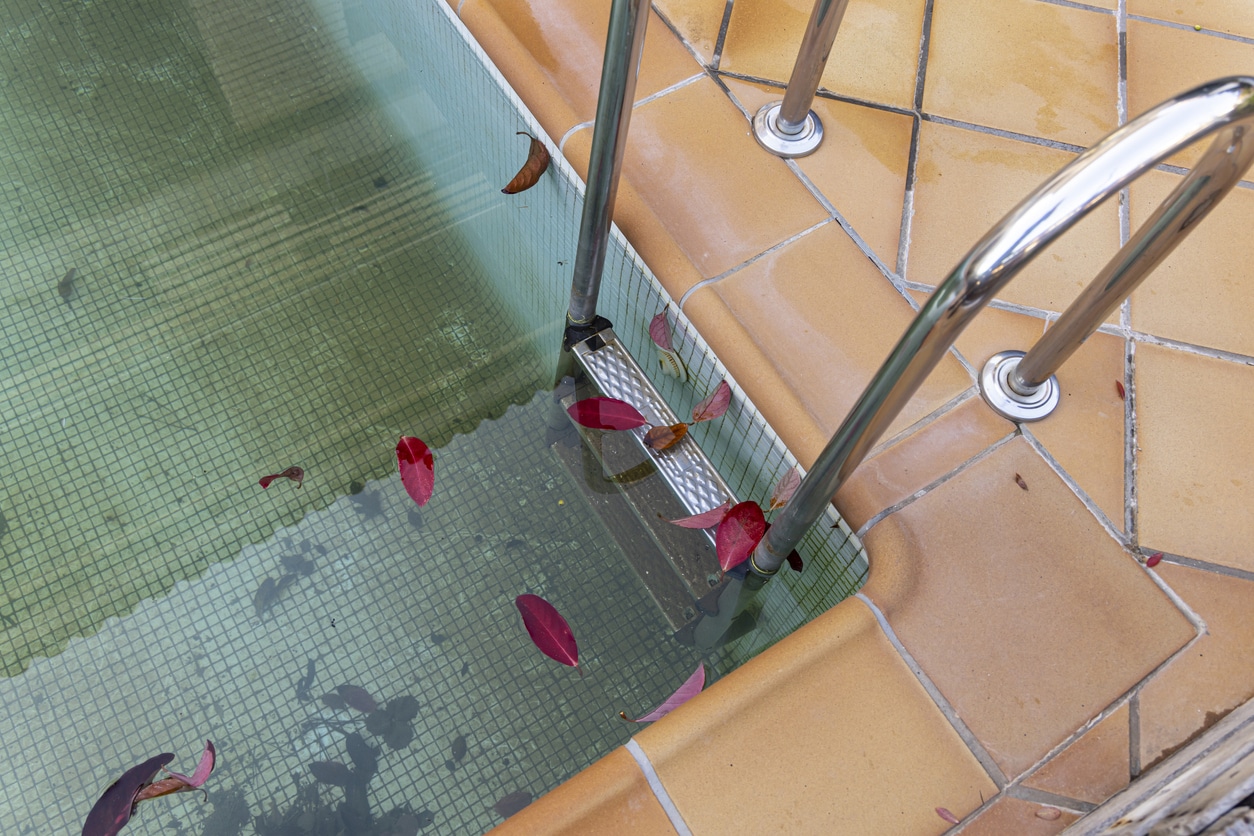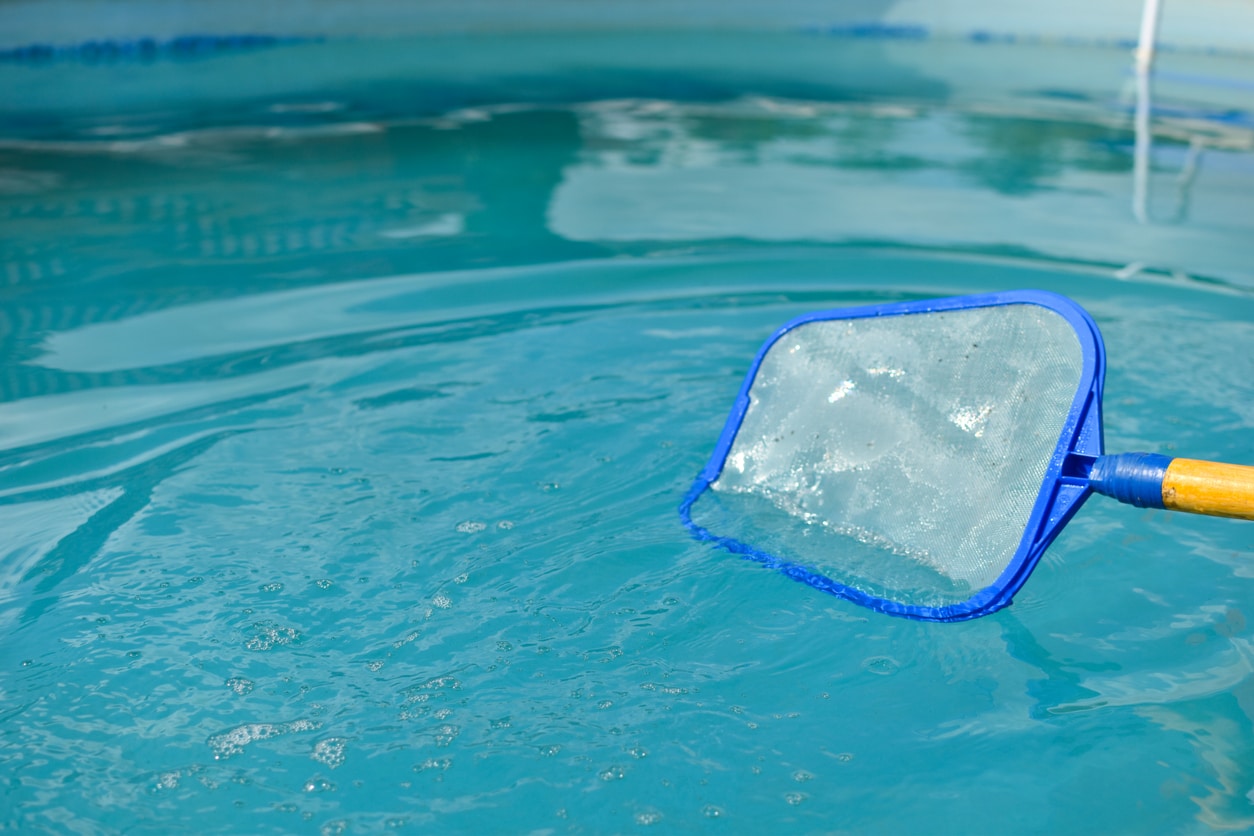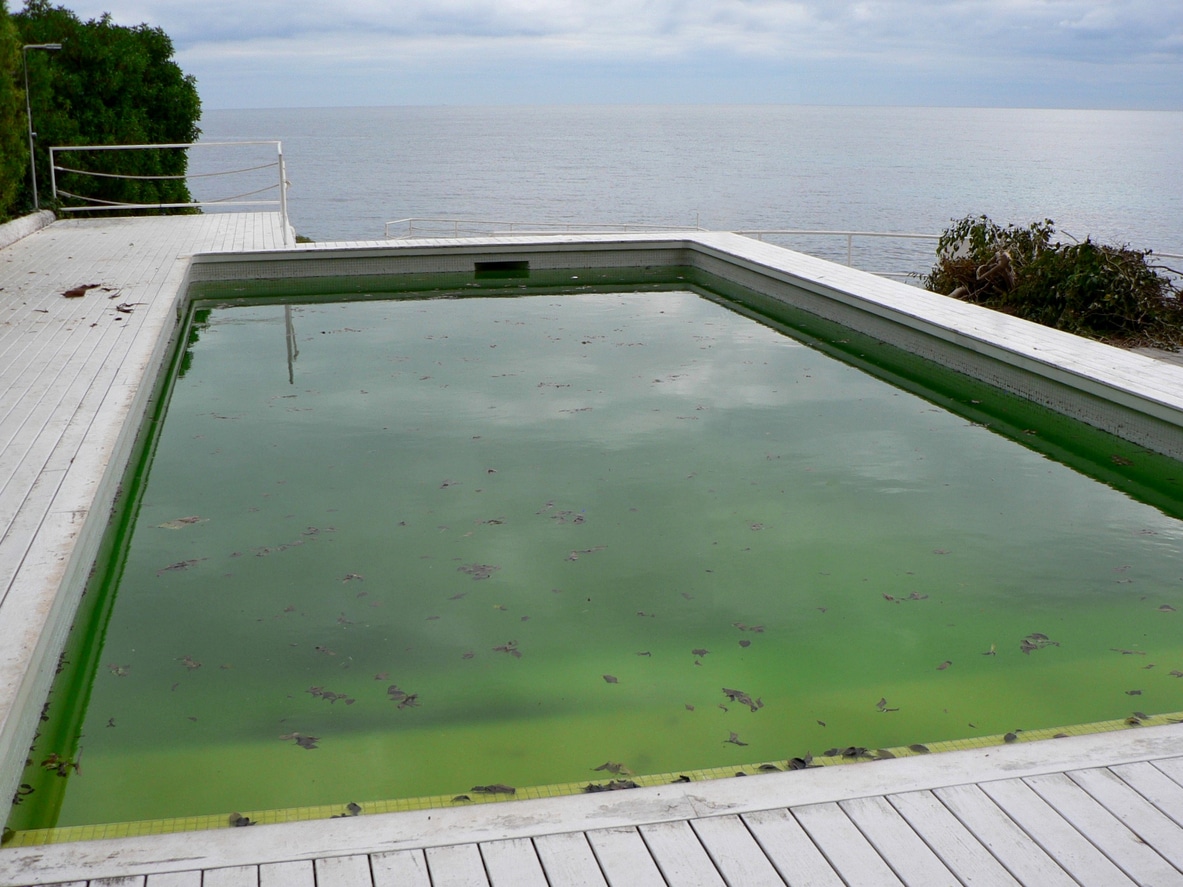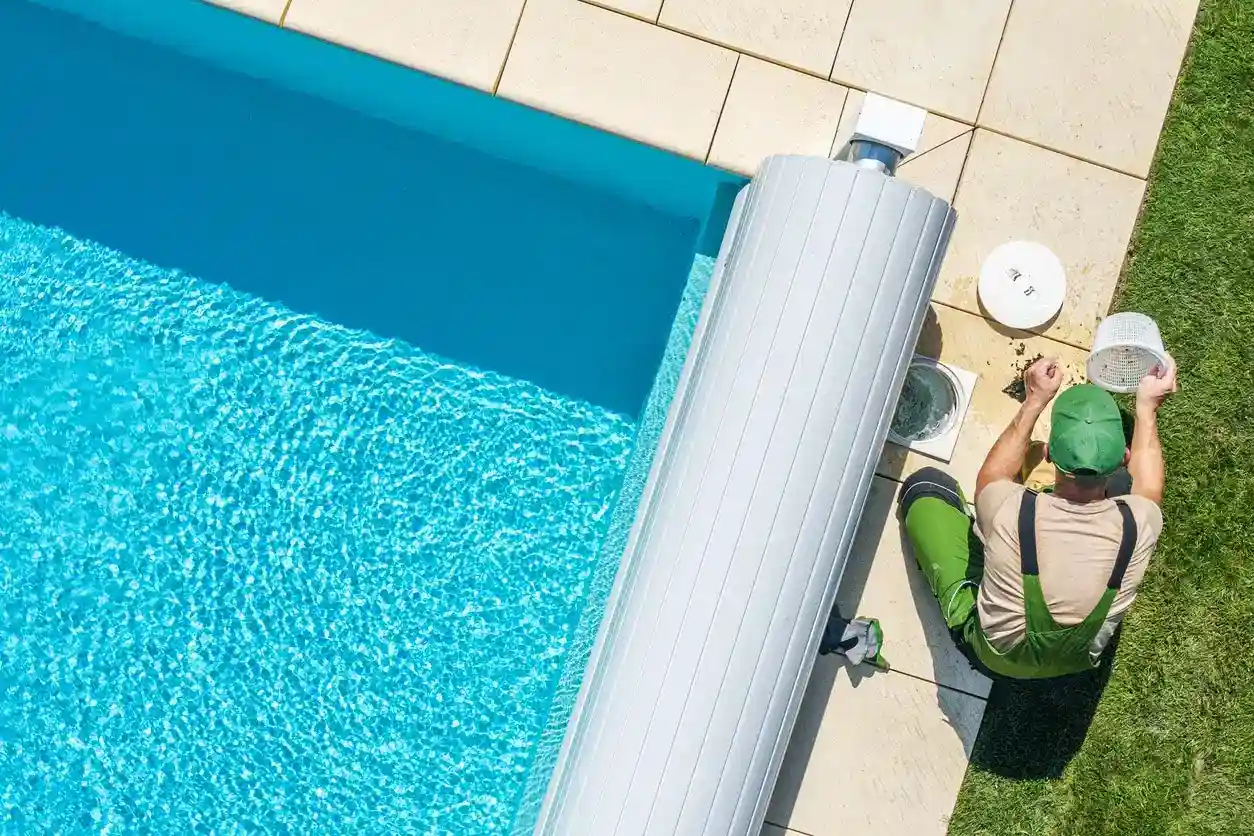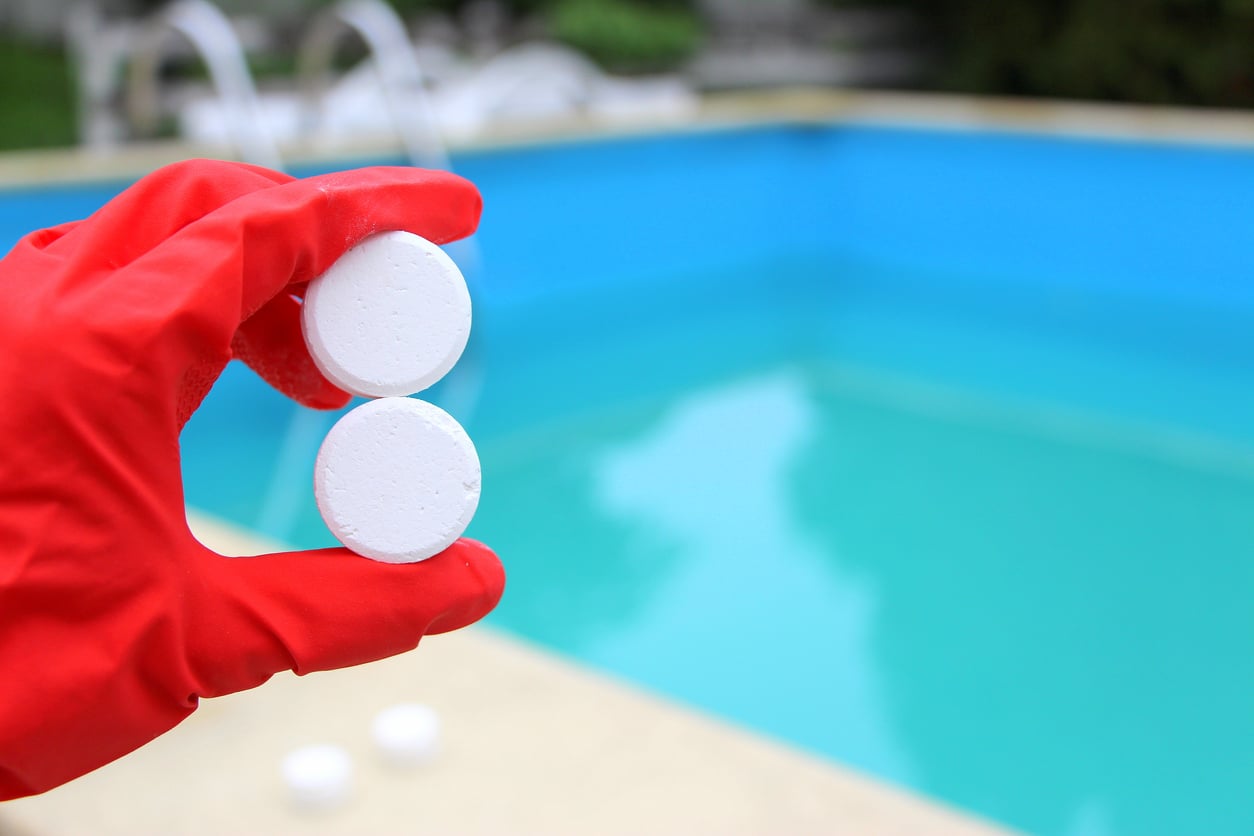Serving Scottsdale and Surrounding Areas
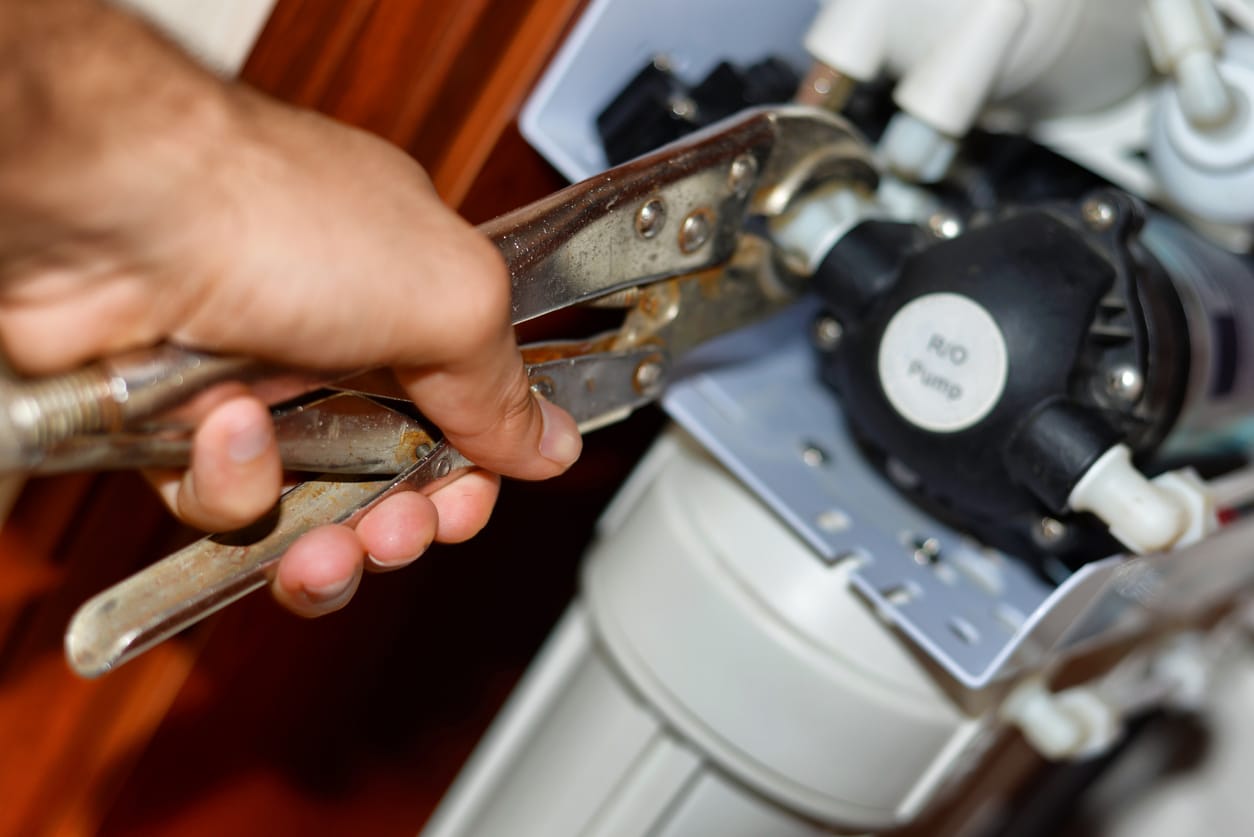
Common Swimming Pool Problems and How to Solve Them
Swimming pools should be a source of fun and entertainment, but they can cause homeowners stress when problems arise. Maintaining crystal clear, sparkling and healthy pool water is a delicate balance that requires routine care. The good news is that many common swimming pool problems are minor and easy to fix if detected early.
Common Pool Issues to Look Out For
Discolored Water and Algae Buildup
There is no bigger disappointment than going out into the backyard only to be greeted by a green- or yellowish-hued pool. Discolored pool water is almost certainly a sign that algae is starting to blossom. This process happens quickly, especially in warm water during summer, so it’s vital to catch this problem at the onset and take care of it immediately.
All pool owners will likely experience algae in their pool at some point. It’s important to keep a close eye on the pool’s chemicals to ensure the chlorine levels are high enough to keep algae at bay. However, if you notice that the water appears to be green rather than crystal blue, or you notice black spots on the pool’s sides or even on pool equipment such as the vacuum hose, it’s important to act fast!
A home pool water test kit can confirm whether the problem really is due to algae. Once confirmed, you can shock the pool to kill the algae. Next, you should brush down the side walls, pool bottom, and all surfaces to loosen any dead algae attached to the interior of the pool. Finally, turn on the pool vacuum to completely restore the water to its clean, clear origins.
Cloudy Water
Everyone wants their pool water to be crystal clear for visual purposes, of course. But when the water starts to appear cloudy or murky, it’s also a sign of unbalanced pH levels. This can occur for many reasons such as after a good rain because rainwater can be acidic and affect the balance of the pool water. It may take some time to readjust the levels to regain that clear blue water again, but it’s a fairly easy fix.
Much like a green or otherwise discolored pool, cloudy pool water is a sign that a different uninvited guest has taken up residency in the pool. Bacteria build-up generally is a result of low chlorine levels. A quick water test and the addition of chemicals can get things back in balance in no time, if caught quickly.
Dirty or Clogged Filter
If a pool filter isn’t functioning properly, debris may not be getting cleaned up and the water will appear cloudy. This is generally another easy fix. A dirty or clogged filter can make it ineffective, which can lead to a host of problems or even a burn out. Checking the filter on a regular basis and keeping it cleared out can ensure that it continues to keep the pool water clean and clear of debris. While you’re at it, remember to clear out the skimmer basket often too!
If you have a lot of foliage or trees with dropping leaves and/or flowers surrounding the pool, your filter can become more easily clogged, so regular checking and clearing out of the filter should be done more often. After a heavy wind or monsoon storm, filters should be cleaned out as well.
Stinging, Red Eyes or Irritated Skin (pH Imbalance)
If the kids (or adults!) are experiencing red, irritated eyes or skin after swimming, this is a sign of an unbalanced pH level. Safely-balanced water for swimming should be between 7.2 and 7.6 pH. A pool water test kit can determine the water’s pH level so you can rebalance it with the addition of the necessary chemicals. A pool service company like Aquaman can also manage this to help homeowners ensure their water is perfectly balanced for painless swimming.
Leaky Filter
More often than not, a leaky filter is the result of a worn out, cracked, ripped or broken O-ring, which is located between the filter’s head and body. Checking the O-ring on occasion to make sure it’s still in good condition is a good idea for any pool owner. An O-ring in need of repair that is no longer working properly can cause damage to the pool that might require a costly fix.
Water Loss
While some homeowners might naturally attribute water loss to a leak, that’s not always the case. Especially during the summer when the pool is being used more often, water loss can simply be caused by splashout, exposure to sunlight, and even lack of humidity. In general, pools lose about a fourth-inch of water daily. However, if you feel that your pool is losing water more quickly than usual, you should call a professional pool technician to ensure there is not a larger underlying cause at work.
Pool Deck Cracks or Chips
Any crack or chip in the pool deck is a potential safety hazard to anyone making use of the swimming pool. Not only is it ugly, but it can cause people to trip and hurt themselves (both outside of and into the pool itself). Additionally, it could be a sign that your pool has other potential issues like the ground shifting or a sinkhole. Best to check on the problem ASAP.
Avoiding Common Pool Problems
Prevention is key when it comes to avoiding even the most common pool problems. Ensuring equipment is properly installed from the get-go is as important as making sure it’s working properly on a regular basis and that the pool water is properly balanced with chemicals. If you’d prefer an expert to handle these potential issues, the technicians at Aquaman Pools are standing by to help!

